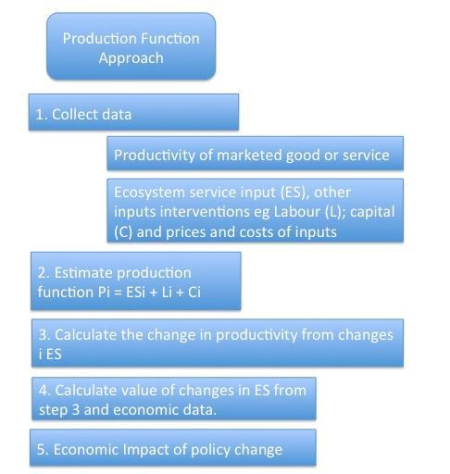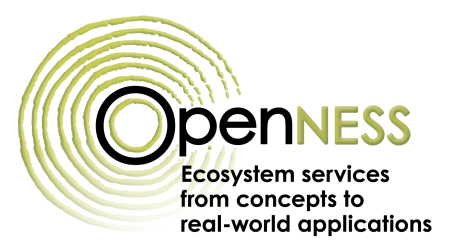
Resource description:
The production function approach (PFA) can be used in situations where a marketed good or service is produced with both man-made and ecosystem inputs. The PFA is a method designed to value indirect use values. It is highly appropriate for capturing ecological and monetary values, as well as anthropocentric instrumental values, including both direct and indirect use values. Production functions are calculated using data on the productivity of marketed goods, ecosystem service inputs (such as insects pollinating crops) and human inputs (e.g. labour, agricultural inputs). Once derived it is possible, for example, to explore the role of ecosystem services in supporting agricultural production.
Author/Contact:
Prof Mette Termansen,
Department of Environmental Science – Environmental social science,
Frederiksborgvej 399,
Building 7420, K1.05,
4000 Roskilde,
Denmark.
+45 87158645
Images
Requirements:
- Time series of quantitative data for single plots and/or plots of a representative sample of variation in land-use conditions
- Experts in the production technology in question (e.g. agronomists, hydrologists, ecologists)
- Competencies in statistical modelling approaches.
Advantages:
- Recognised and established approach which draws on scientific data on the relationships between ecosystem properties and production of marketed goods
- When the underlying data is rich, uncertainties in the linkages can be addressed
- The method can provide public policy rationales for providing ecosystem services and can be linked directly to land management initiatives and policies.
Constraints:
- Requires collection of large field data sets (cross-sections or time-series) on environmental conditions and inputs to production which can be a constraint for the application to individual case studies
- Requires modelling competences, which can also be prohibitive.
Licence:
- Free, no licence
Development stage:
- Full, working product
